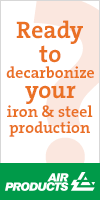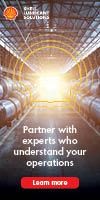Researchers Study Specialty Metal Which Could Improve Safety in Nuclear Reactors
07/22/2025 - Researchers at the Canadian Nuclear Laboratories (CNL) are studying a special metal called high-entropy alloy (HEA) for use in nuclear reactors.
Since nuclear reactors and spacecraft are exposed to high levels of radiation and high temperatures, the strength and stability of the metals they’re made of is important. HEA is extremely tough and can handle exposure to radiation better than regular metals, but what happens inside the metal under extreme conditions is largely unknown.
Qiang Wang and his colleagues from CNL used the ultrabright synchrotron light of the Canadian light source at the University of Saskatchewan to study a HEA made of chromium, iron, manganese and nickel.
“It has to be stable, so it won’t change the microstructure at high heat, and have a certain resistance to irradiation. That’s why we chose this material. And also because it is reasonably easy to manufacture,” explained Wang.
The researchers exposed their HEA with protons at 400°C and 600°C and different amounts of radiation. They used synchrotron x-rays to look for changes in the metal. They discovered small plate-shaped defects were more common at lower temperatures but larger at higher temperatures. Some areas lost more manganese while others gained more nickel and iron.
“We did find some advantages and some things we didn’t expect to happen, so obviously this material needs to be better studied to fully understand the applications,” said Wang.
Overall, HEA exhibited fewer defects than stainless steel when exposed to similar conditions, according to the study.
“It’s still not code approved in the nuclear industry so we don’t know exactly what it will be used for, which is why we are testing the material to see if it can meet those qualifications,” Wang said.
Qiang Wang and his colleagues from CNL used the ultrabright synchrotron light of the Canadian light source at the University of Saskatchewan to study a HEA made of chromium, iron, manganese and nickel.
“It has to be stable, so it won’t change the microstructure at high heat, and have a certain resistance to irradiation. That’s why we chose this material. And also because it is reasonably easy to manufacture,” explained Wang.
The researchers exposed their HEA with protons at 400°C and 600°C and different amounts of radiation. They used synchrotron x-rays to look for changes in the metal. They discovered small plate-shaped defects were more common at lower temperatures but larger at higher temperatures. Some areas lost more manganese while others gained more nickel and iron.
“We did find some advantages and some things we didn’t expect to happen, so obviously this material needs to be better studied to fully understand the applications,” said Wang.
Overall, HEA exhibited fewer defects than stainless steel when exposed to similar conditions, according to the study.
“It’s still not code approved in the nuclear industry so we don’t know exactly what it will be used for, which is why we are testing the material to see if it can meet those qualifications,” Wang said.



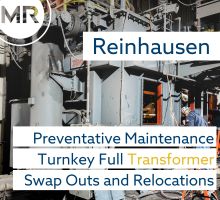.jpg?lang=en-US&ext=.jpg)
.gif?width=220&height=200&mediaprotectionhash=374c6b9a31f2b2fbfc7937391034efb46fd57feba997b9ad2ae9a0bd3d48329d&ext=.gif)
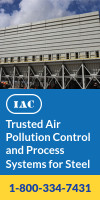
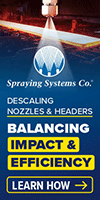.gif?width=100&height=200&mediaprotectionhash=e2d5b15d68f84f22038524be6c58e5268d67b7f44494b544e29a8d53c5b959ba&ext=.gif)

